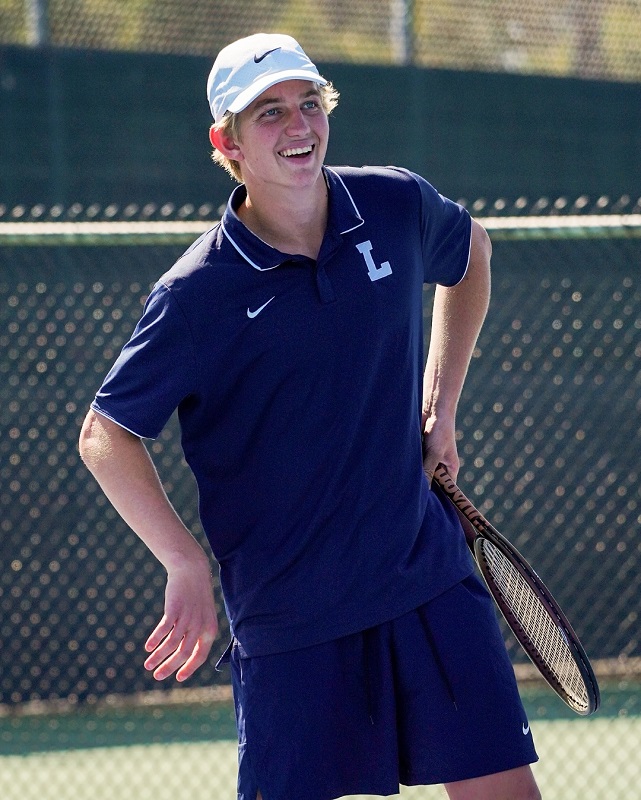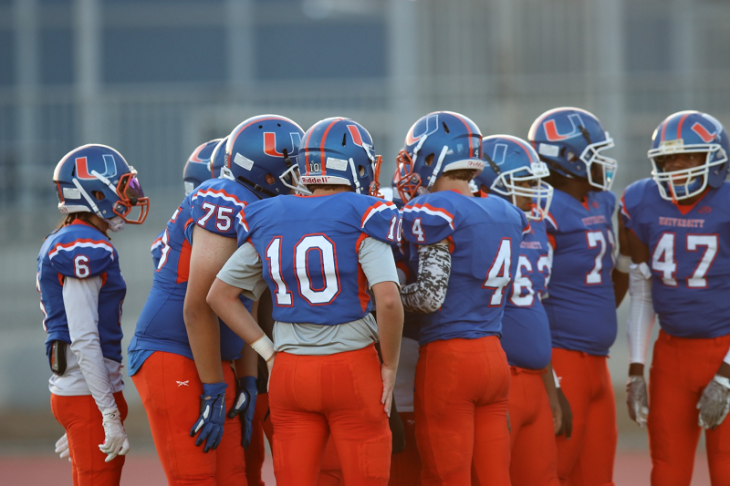By Tom Elias

Every economic forecast shows California needs more college graduates. About 35 percent more than today’s total by 2030, on pain of losing hundreds of thousands of high-paying jobs to other states and countries.
The state’s largest producer of college grads has gotten the message: The Cal State system last spring graduated 23 percent of all students who enrolled four years earlier, its highest proportion of four-year graduations ever. At the same time, the more than 98,700 undergraduate degrees handed out were the most since the CSU system began in 1857 at San Jose State University.
But almost everyone at the 23 Cal State campuses knows it’s not enough. The state needs more CSU products, not merely to replace the host of schoolteachers due to retire in the next few years, but also to fuel new Googles and Hulus and Facebooks that are almost certain to create thousands of jobs over the next few decades.
Cal State thinks it knows where to find those new graduates: among the many freshmen who arrive on campus needing remedial education in English and math. University officials report about 40 percent of students now take remedial courses because they’re not fully college-ready. Those courses have not previously offered credit toward graduation, so remedial students drop out or graduate late in larger numbers than their classmates.
The CSU, under orders from system Chancellor Timothy P. White, thinks it has a way around that problem, one that will give students college credit even for classes covering what they should have learned in high school.
It’s called “corequisite remediation.” The concept allows students to take regular college classes even as they’re struggling to catch up to where they should have been before ever enrolling.
“These classes will be different from campus to campus,” said CSU spokesman Mike Uhlenkamp. “Each campus serves a different population. We know the current remedial classes have helped, but they’re not doing enough for the students. So there will be a radical sea change.” This will start next fall, except on two campuses (Monterey Bay and Sonoma State) where there’s a one-year delay.
Some professors complain the new classes are being imposed from outside, although they are actually being designed by faculty at each campus.
They’ll all be based in part on the experience of the City University of New York and Tennessee’s 13 junior colleges.
In the new system, students might spend the first seven weeks of a statistics class learning algebra and probability, and the last seven in a 14-week semester completing the coursework of a normal class. An alternate plan could see students study both algebra and statistics simultaneously, even though algebra is needed to understand much of statistics.
It may be hard to see how this can work without confusing students, but the CSU insists it can and will work. A study published by Columbia University says it has worked in Tennessee. “Based on the Tennessee data, the success rates from corequisite remediation indicate a more efficient instructional system for students who enter college academically underprepared,” concluded that study.
The CUNY experience is similar, according to a 2016 report finding that “policies allowing students to take college-level instead of remedial…courses can increase student success.”
No one knows what employers will think of this or whether it will eventually devalue all Cal State degrees. Until now, employers have had a good idea of what students with each type of degree should know; at least for a while to come, they may not be so sure. That could harm students who need no remedial work after entering college.
Said Uhlenkamp, “Our overarching goal is to strengthen the quality of a Cal State education and we are confident our faculty will design courses that do this.”
But some Cal State professors and students demur. “The faculty are justifiably suspicious,” Katherine Stevenson, who heads the developmental math program at Cal State Northridge, told the system’s board of trustees the other day. The CSU Academic Senate warned of “rushed and poorly designed implementation.”
That doesn’t faze Cal State’s bosses, who insist everything will be OK. No one knows how it will all work out, but answers should start coming next fall.





















